Zombies, Hambies and
Social Failure
‘All of Us Are Dead’ Is a Commentary on the Absurdity of Power
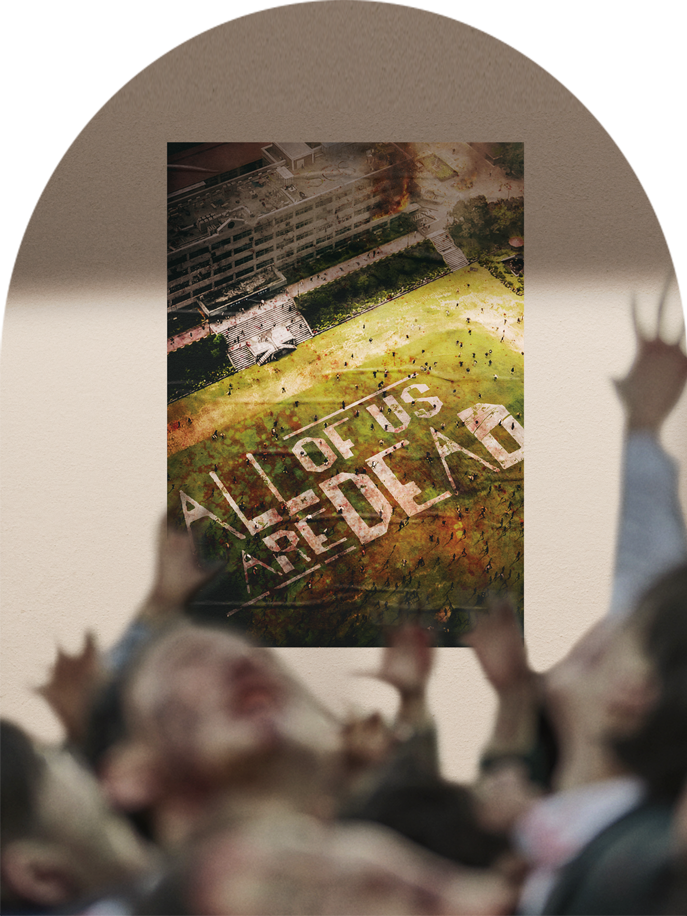
WRITTEN BY
Ahn Soong-beum,
film critic, professor at Kyung Hee University and director of the K-Cuture·Story Contents Research Institute
Photos courtesy of
Netflix
“All of Us Are Dead” (Korean title: “Our School is Now…”) is based on a webtoon of the same name published on Naver from 2008 to 2009. The original Netflix drama was created by Lee Jae-gyu and Kim Nam-soo, and was released on Jan. 28, 2022. The Korean and international versions of the show have different titles. The international version is called “All of Us Are Dead,” which adheres to the webtoon’s original English title. The drama dramatizes the story of several high school students who survive a zombie virus outbreak, along with several characters who work hard to resolve the crisis.
“All of Us Are Dead” dramatizes the spread of disease and the fear of infection that everyone has been experiencing during the COVID-19 pandemic. The show also adheres to styles found in the zombie apocalypse and zombie survival genres. However, treating “All of Us Are Dead” as just another show aimed at pleasuring zombie-loving audiences would be off the mark. Viewers must identify the reason a school was chosen to experiment with the intense dramatization of the “violence of transmission” or “violent transmission” of a contagious disease.
Hyosan High School, the setting of “All of Us Are Dead,” is a place where the older generation uses an oppressive system to control the future generation. The first signs of contagious violence can be found in the frustration of a father who cannot save his son from school violence. Science teacher Lee Byung-chan (played by Kim Byung-chul) is powerless to help his son from avoiding violence perpetrated by his classmates. Lee finds it difficult to penetrate the absurd educational environment of the school along with the barriers to improvement put up by those in power, such as a school principal who is only focused on helping himself. In the show, Lee is portrayed as a genius scientist on the path to become one of the country’s elite who, in fact, is too good to be working as a high school teacher. Possessing the typical traits that fit the genre’s conventions, he is a “Frankenstein” created by Korea’s high school system. When the world fails to save his son, Lee conducts a dark experiment with the sole intent to save his offspring. Consequently, he creates a zombie virus, called the Jonas Virus. With that, Lee’s prophetic warning that ignoring even small instances of violence ultimately creates a world dominated by even bigger acts of violence becomes a reality. A self-mocking comment Lee makes shows that the spread of the Jonas Virus tears back the curtain on the “system of violence” that has long existed in Korean society.

The actors are monitoring their acting.
The Jonas Virus creates grotesque human beings with only their thirst for blood left. The drama gives audiences a frightening ride as any good film or TV show about surviving a zombie outbreak would do, and creates fear about an extreme vision of humanity overwhelmed in the face of primitive violence. However, the irrational attitude shown by school authorities―the principal, vice-principal and teachers―plays a decisive role in the spread of the virus. The police and other agencies that should have found a way to end the violence also react with little vigor. Authority figures portrayed in “All of Us Are Dead” thus have no interest other than maintaining the existing system that includes the school system, a system that certifies the socialization of the future generation. Someone may be victimized due to class inequality in a classroom, and another may experience discrimination because of their school grades, while yet another may suffer from physical violence from a fellow student; however, those in power treat all of these as trivial because of their need to preserve the existing system.
The school system is surrounded by an unshakeable order: the actual conditions and imaginary relationships that exist between students, between students and the education system, between the school and society and between future and older generations. The Jonas Virus has the frightening power of putting us face-to-face with the dominant ideology that undergirds the entirety of Korean society.
French philosopher Louis Althusser divides power into two types. The first is “repressive state apparatus,” which exists in the public sphere and exercises economic pressure; the other is “ideological state apparatus,” which exists in the private sphere through the insertion of various values. The repressive state apparatus includes the government, military, police, courts and prisons, while the ideological state apparatus includes churches, associations, schools, media outlets, cultural enterprises and educational institutions. “All of Us Are Dead” thus uses the nonsensical operations of one of these ideological state apparatuses―the school―to reveal the internal issues that exist between various state apparatuses. Althusser argues that in a highly developed capitalist society, schools are the most prevalent “ideological state apparatuses.” This is the reason the drama is set at a school and portrays the lives of students and faculty there, and explains why the high school was chosen to reflect on the system that supports Korean society.
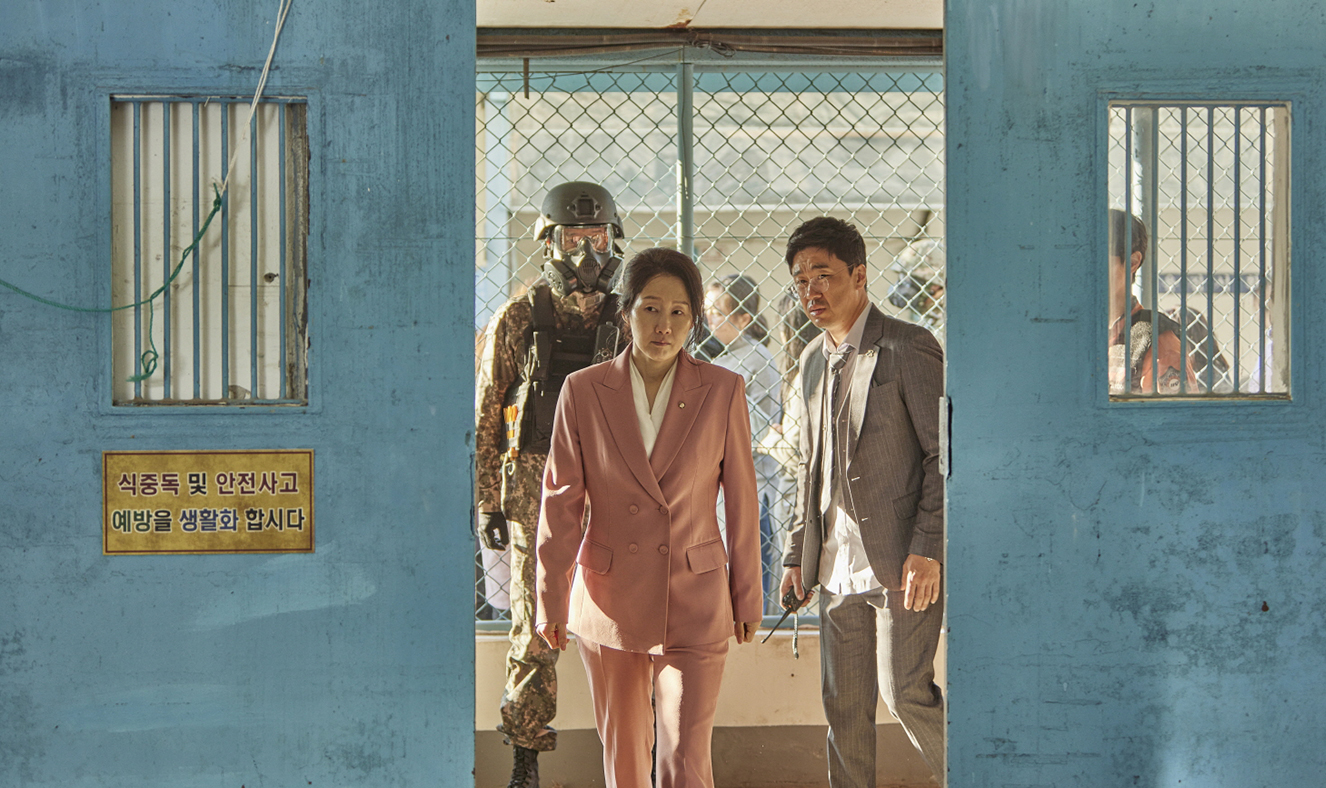
Scenes from ‘All of Us Are Dead.’
Ultimately, Korean society’s state apparatuses fail to save the students who survive on Hyosan High School’s roof. Actually, they fail not only to save them, but also treat them as if they must sacrifice themselves. Some characters in the show can be interpreted in two ways, such as Park Son-hwa (played by Lee Sang-hee), a teacher who supports the students until the end; Nam So-ju (played by Chon Bae-su), who is the father of the main star of the show; Nam On-jo (played by Park Ji-hu), and is part of the emergency response effort; Song Jae-ik (played by Lee Gyu-hyung), a police officer who has a high sense of duty, along with Jin Son-mu (played by Kim Jong-tae) and other characters who maintain at least a basic level of conscience until the end, and leave behind must-see scenes in the drama. However, they are not functionaries of the “repressive state apparatus” of schools, emergency response teams, the police and military. Rather, they seem to be individuals who are the exception within their collectives, willing to take risks and have passion for what they do. Their “exceptionalism” essentially calls out the distorted existence of the repressive/ideological state apparatuses.
The most distinctive characters in “All of Us Are Dead” are the “hambies,” or half-zombies. Without the sense of action created by Yoon Kwi-nam (played by Yu In-su), Min Eun-ji (played by Oh Hye -su) and Chae Nam-ra (Jo Yi-ra), the drama would, regardless of its popular appeal, be just another show about zombies. To borrow an interpretation provided by science teacher Lee Byun-chan, the half-zombies are evidence that the Jonas Virus can undergo evolution by learning human consciousness and may even be a new form of human being. They are at once victims of sacrifice due to the older generation’s need to preserve the rules, and grotesque characters who, having survived the violence of contagiousness, embody that of both the “perpetrator and the victim.”
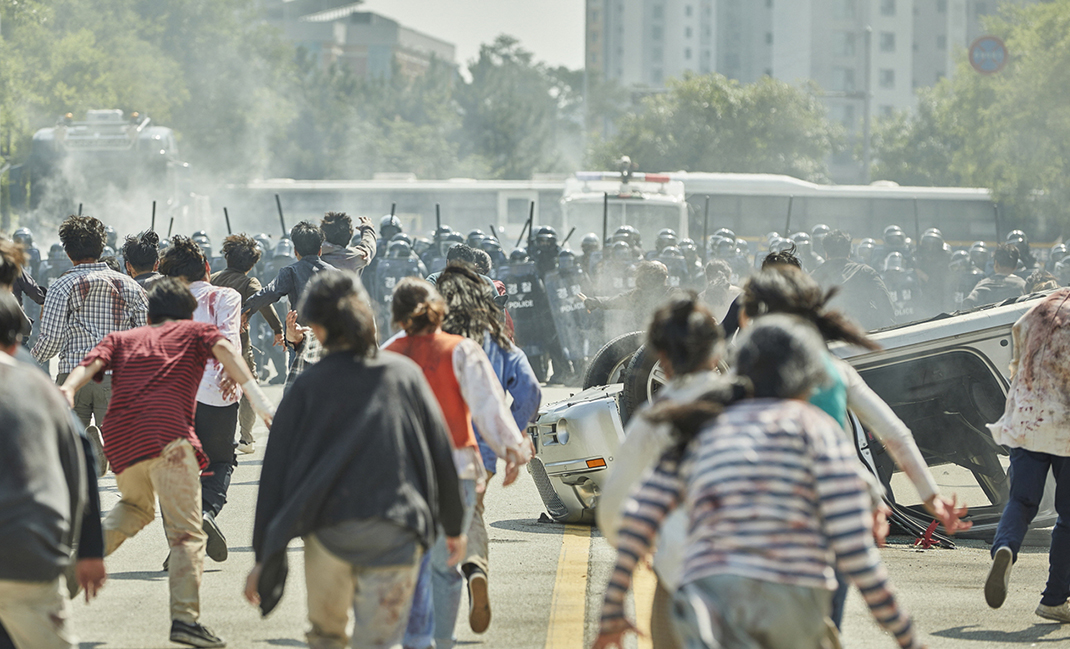
Chae Nam-ra has all the traits needed to pull the show into a Season 2. She became the head of her class thanks to her mother’s excessive help, but lived her entire life devoted singularly to having the best grades in her class. After becoming a hambie, she violates the oppressive system of rules set out by the authorities and the expectations set out for future generations, showing the possibility of struggle against those very things. It is only after Chae becomes a half-zombie that she becomes the real leader among the surviving Hyosan High School students. Towards the middle of the drama, there is a scene where the surviving kids, abandoned by the authorities, gather to sing in front of a campfire on the school’s roof. In this scene, the students create a temporal space where the ideology of the authorities no longer impacts them. The scene, in short, shows the possibility of the creation of an emotional community where differences in class, wealth and grades have disappeared.
In the next season, the drama’s children, including Chae Nam-ra and Nam On-jo, will become third-year high school students who will have to overcome the even stronger pressures of passing Korea’s university exams. Can they become a new future generation that overcomes the negative effects of the excessive environment of competition handed to them by the older generation? The final scene of this drama is for the older generation, which believes it can regulate the world at its whim while concealing the violence of contagiousness: the half-zombies are still on the school roof.
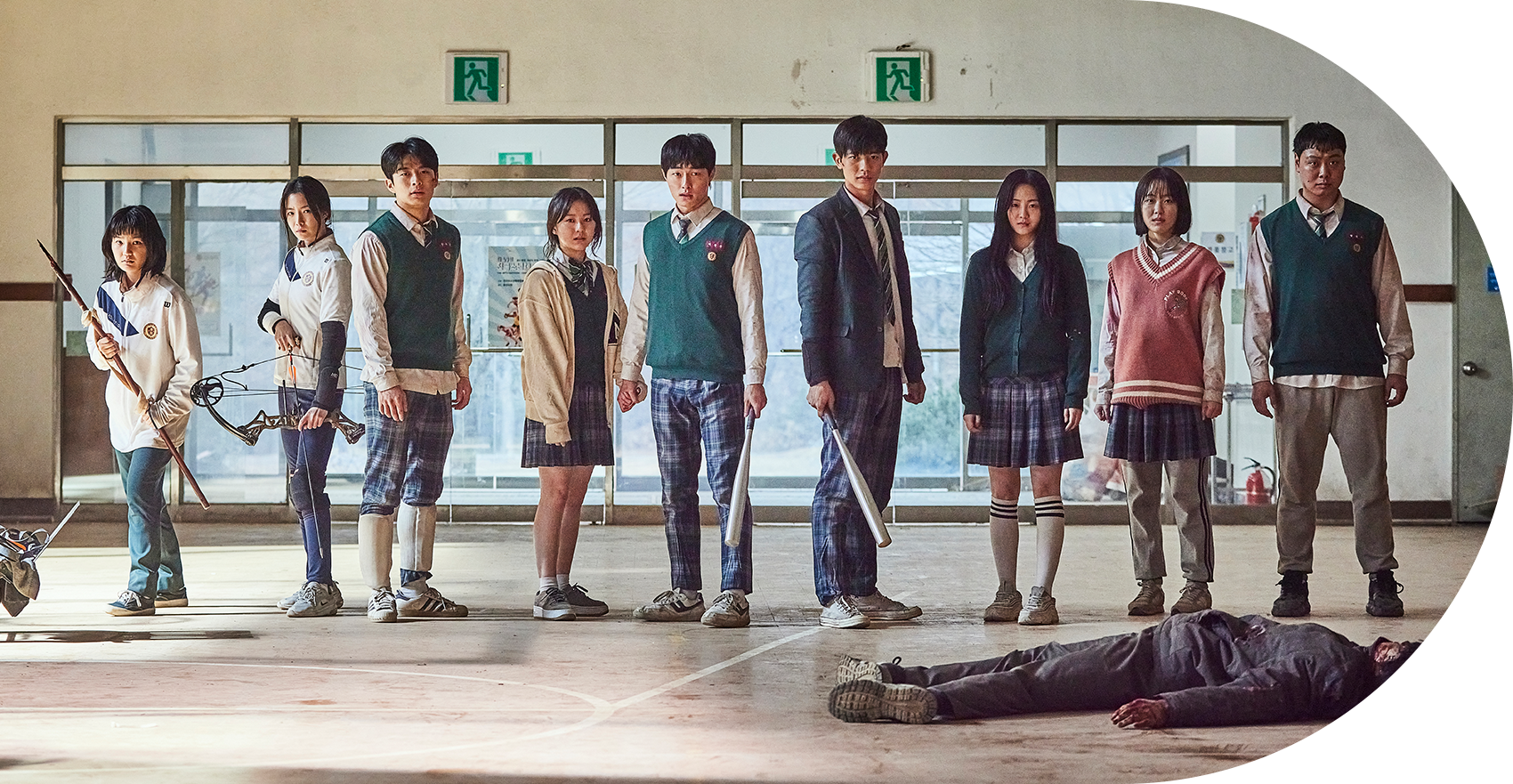
Scenes from ‘All of Us Are Dead.’
Other Articles
-
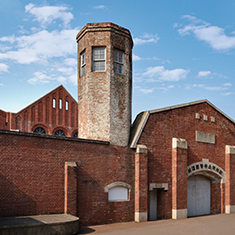
Special Ⅰ Hall of Memories
-

Special Ⅱ No Longer Just an Eyesore
-
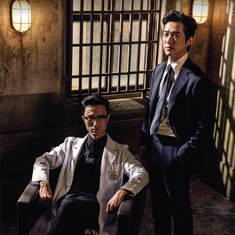
Trend Unique Prison Stories
-

Hidden View Gate of Hope
-

Interview Violinist Jinjoo Cho
-

Art of Detail Good as Gold
-
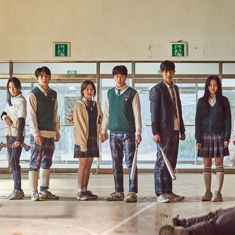
Film & TV All of Us Are Dead
-

Collaboration Emoticons: Businesses Collaborate with Creators
-

Current Korea Legacy of an Administration: Unshakeable Korea
-
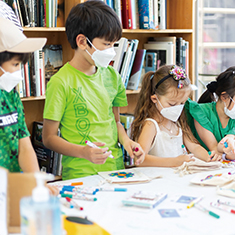
Global Korea Korean Literature Week Event with Berkelouw Books
